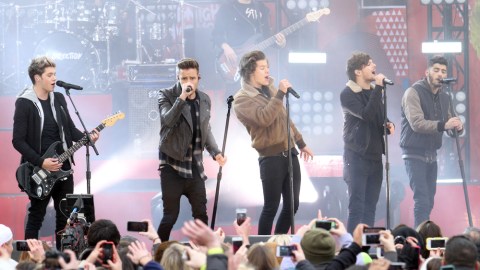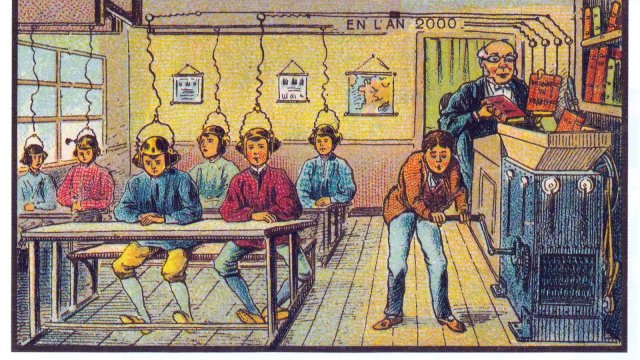Screaming Fans at Pop Concerts: Part Tradition, Part Primeval Roar

What’s the Latest?
The Washington Post is currently featuring a terrific article by Chris Richards about the sociological impulses that cause teenage fans to shriek, scream, and holler at pop concerts. If you’ve ever been within 5 miles of a One Direction concert, you know the sort of phenomenon we’re talking about.
Richards interviewed a number of experts from different fields: psychologists, sociologists, researchers, and even JC Chasez of ‘N Sync fame (certainly no stranger to screaming adolescents), who succinctly summed up his thoughts on the practice: “Sound is energy.”
What’s the Big Idea?
As you may imagine, the wild and torrential hysterics brought upon by offbeat hairstyles and three-part vocal harmonies have fascinated scholars since the early days of Beatlemania. Australian researcher Sarah Baker tells Richards the act of screaming legitimizes the experience of a concert for both fans and the public. Author Rachel Simmons explains how concerts allow women to break away from the molds in which society tries to place them. The collective screams represent a massive exhalation of individual expression. Simmons also notes that adolescent girls scream to fit in and gain the acceptance of their peers.
Finally, psychologist Harold Gouzoules tells Richards about how screaming is part of our evolutionary development as a species. It represents a primal form of socialization. We scream, yell, cheer, hoot, and holler in order to communicate and to feel as part of a greater collective whole.
Take a look at Richards’ piece (linked below) and tell us what you think.
Keep Reading at The Washington Post
Photo credit: JStone / Shutterstock




